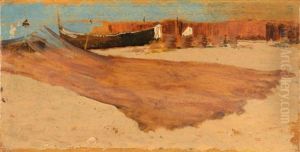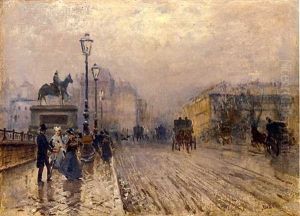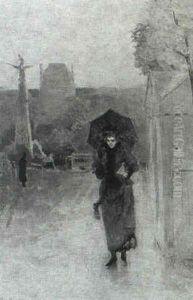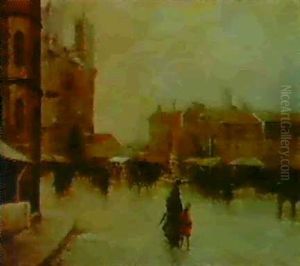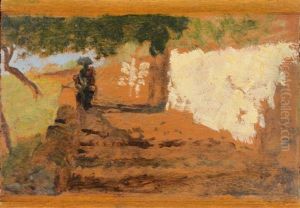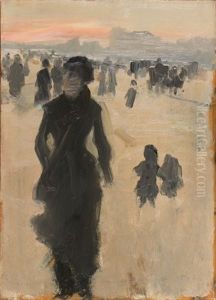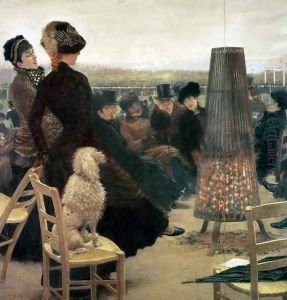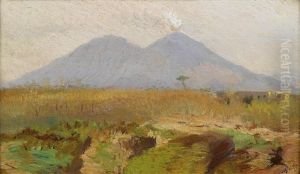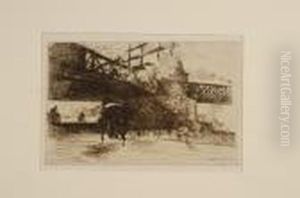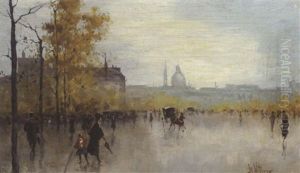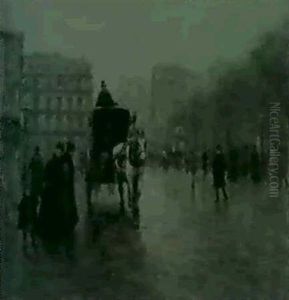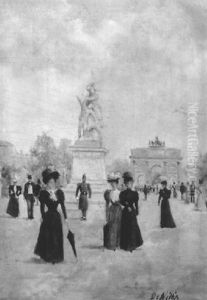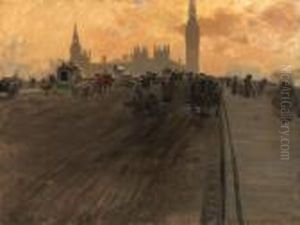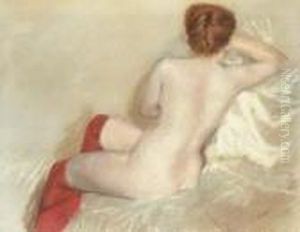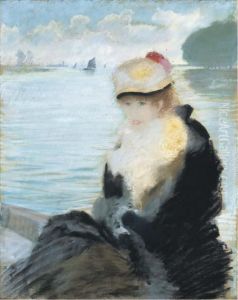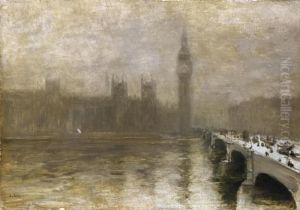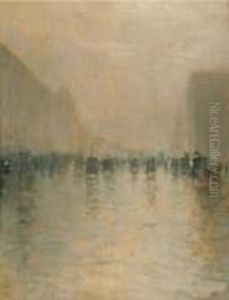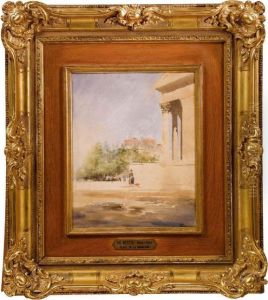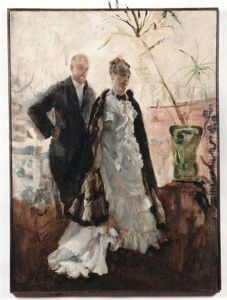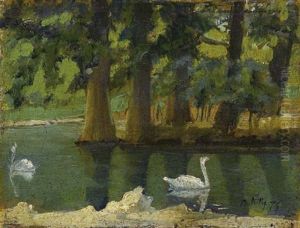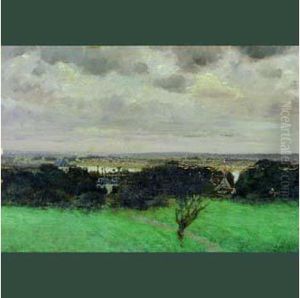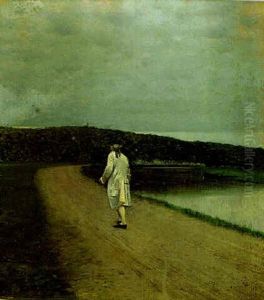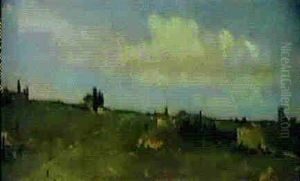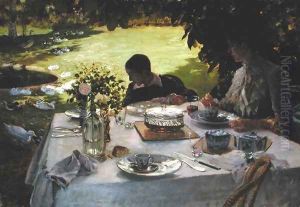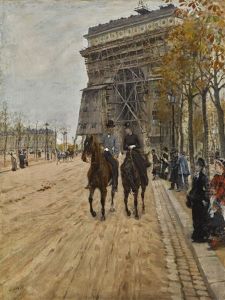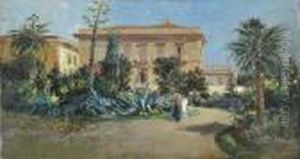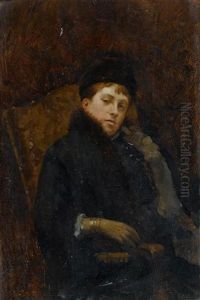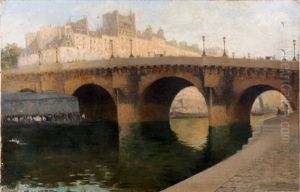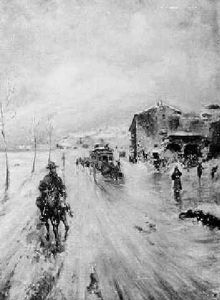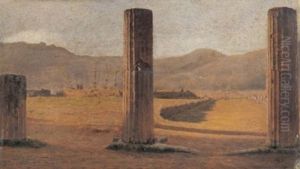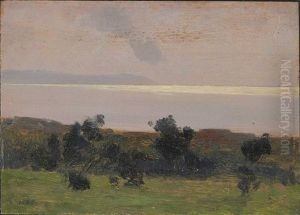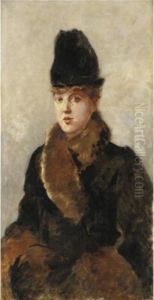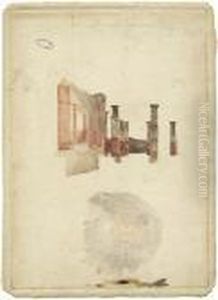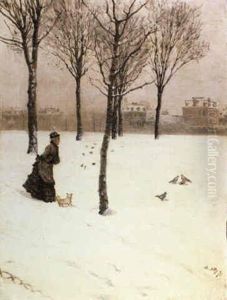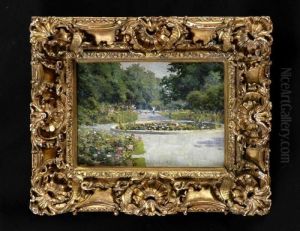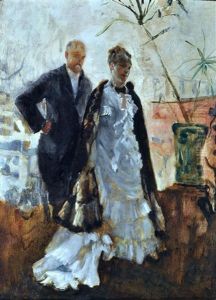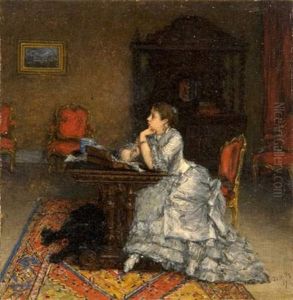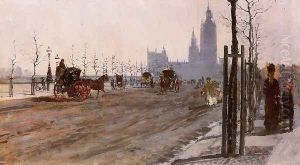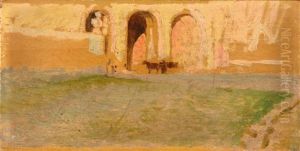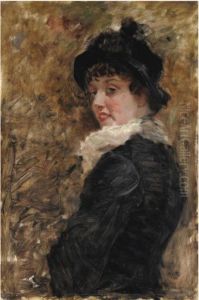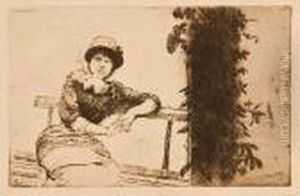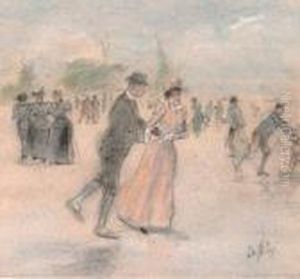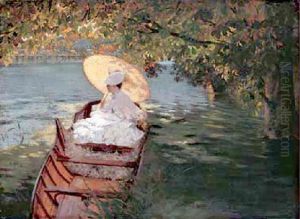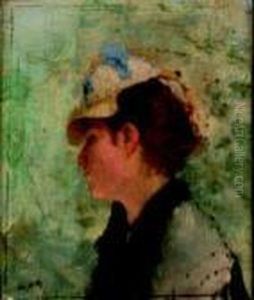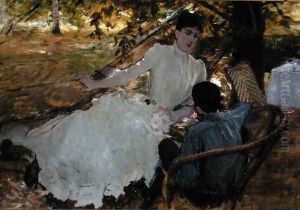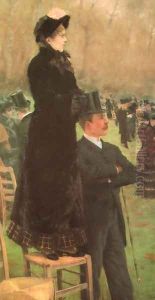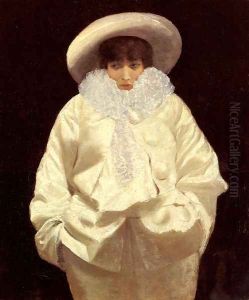Giuseppe de Nittis Paintings
Giuseppe De Nittis was an Italian painter whose work is notable for combining the tradition of the Macchiaioli with Impressionism. Born on February 25, 1846, in Barletta, Italy, De Nittis displayed artistic talent from an early age. He moved to Naples at the age of fifteen, where he studied at the Instituto di Belle Arti under the guidance of experienced painters. His early works were influenced by the Macchiaioli, a group of Italian artists who practiced a technique of quick, loose brushstrokes that was similar to the French Impressionists.
De Nittis soon moved to Paris, the center of the art world during the second half of the 19th century. There, he became associated with the Impressionist circle, including artists such as Edgar Degas and Édouard Manet. De Nittis adapted the Impressionist style, which focused on capturing the effects of light and atmosphere in modern life settings, to his own sensibilities, creating works that combined the Macchiaioli's emphasis on natural light with the Impressionist interest in capturing fleeting moments.
Despite his association with the Impressionists, De Nittis did not fully adopt their rejection of traditional subjects and techniques. Instead, he maintained a balance between modernity and tradition, often portraying elegant figures and urban landscapes with a sophisticated touch. His work was well received, and he exhibited with the Impressionists in their first show in 1874, but he also continued to show his works at the official Paris Salon, where he received critical acclaim.
De Nittis was also known for his pastels, a medium that allowed him the freedom to explore light effects with subtlety and delicacy. His subjects often included urban scenes of Paris, including its boulevards and the life of its inhabitants. He also painted the landscapes and seascapes of his native Italy, capturing the unique Mediterranean light.
Tragically, Giuseppe De Nittis's life was cut short when he died suddenly from a stroke on August 21, 1884, at the age of 38. Despite his brief career, De Nittis left a significant mark on the art world, bridging Italian and French art movements and influencing the direction of modern art with his innovative combination of styles.
